![]() 22 Dec 2023
22 Dec 2023
Modern Indian Painting: Intersecting Art and Political Narratives
In modern India, political art serves as a dynamic reflection of evolving ideologies. From the independence movement’s visual rhetoric to contemporary expressions, artists encapsulate political narratives through diverse mediums. This intersection of art and politics illuminates the nation’s journey, echoing societal shifts, dissent, and the quest for identity in a complex geopolitical landscape.
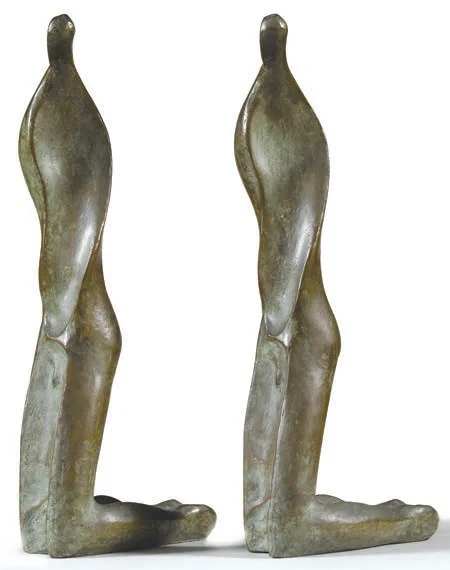
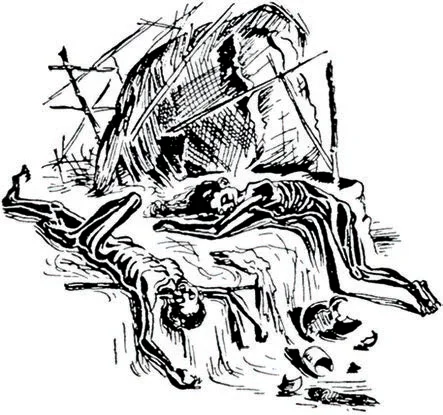
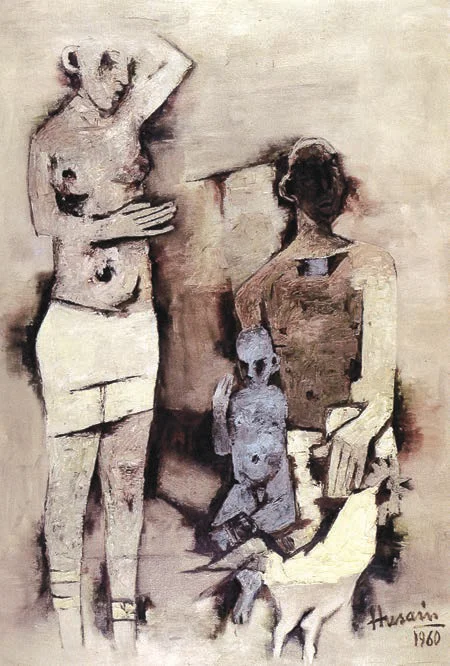
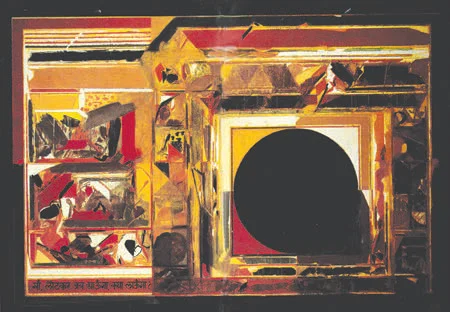
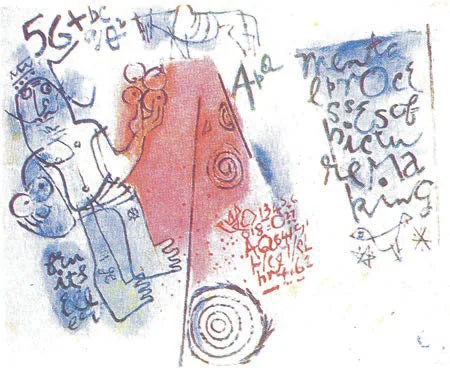
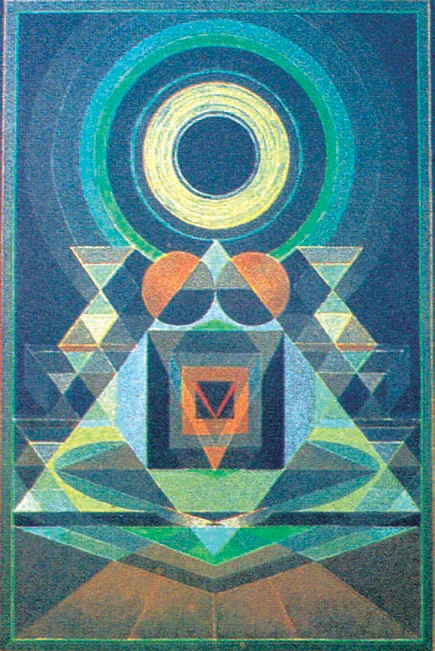
<div class="new-fform">
</div>